What is a good grip? Fundamentally, it’s a grip that allows you to consistently and comfortably release the dart with accuracy and control. This article will explore the key elements that define a good grip in dart throwing, including grip types, pressure, consistency, and how to find what works best for *you*.
⚠️ Still Using Pen & Paper (or a Chalkboard)?! ⚠️
Step into the future! The Dart Counter App handles all the scoring, suggests checkouts, and tracks your stats automatically. It's easier than you think!
Try the Smart Dart Counter App FREE!Ready for an upgrade? Click above!
Understanding The Core of a Good Dart Grip: What Is A Good Grip, Really?
When we talk about **what is a good grip** in dart throwing, we aren’t just talking about how you hold the dart. It’s about the complex interplay of comfort, control, and consistency. A good grip provides a stable platform for your throw, allowing you to repeat the same motion every time. It minimizes unwanted movement and allows you to translate your arm motion into accurate dart flight. Ultimately, the ‘best’ grip is the one that allows *you* to achieve these goals. Finding that grip requires experimentation and a good understanding of the fundamental principles.
Many players think the perfect grip involves squeezing the dart tightly. This is rarely the case. A relaxed grip that still provides adequate control is often the most effective. Tension in your hand and wrist can lead to erratic throws and reduced accuracy. Let’s dive into the key elements.
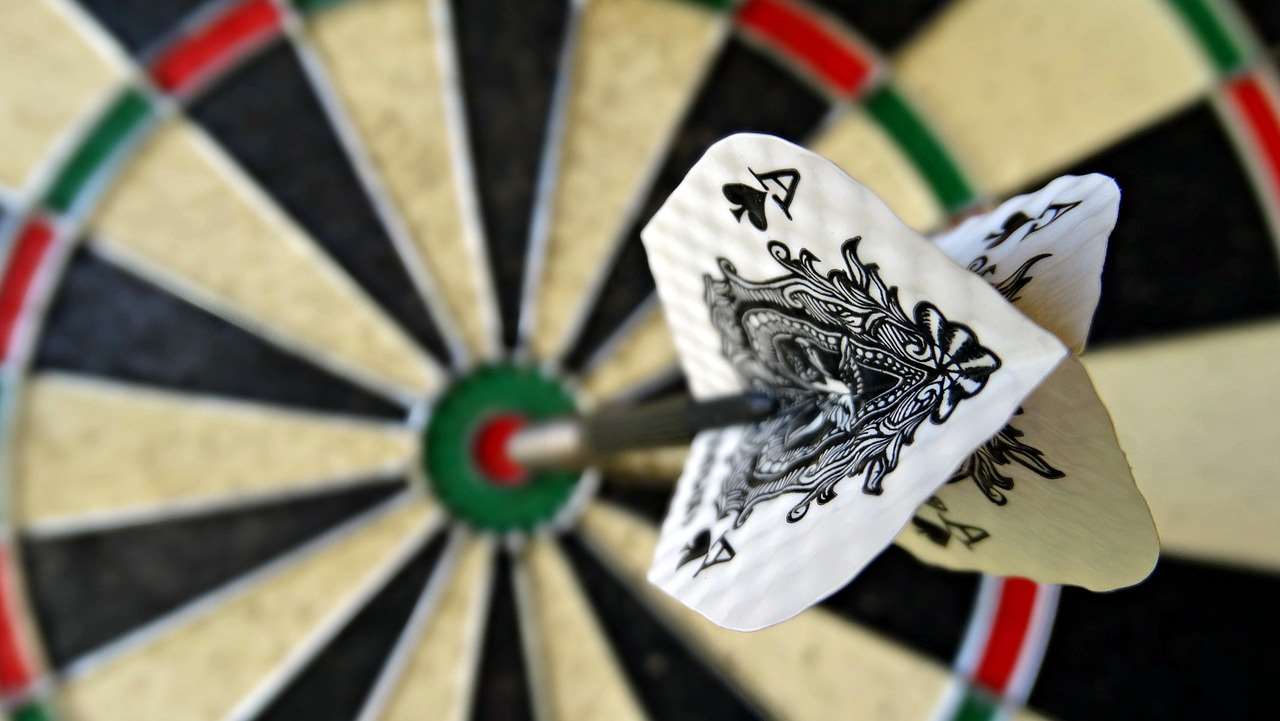
Key Elements of a Successful Dart Grip
Several factors contribute to a truly effective dart grip. Mastering these elements will significantly improve your dart game. Consider these aspects:
Grip Pressure: Finding the Sweet Spot
Grip pressure is crucial. Too tight, and you’ll introduce tension and wrist movement, leading to inaccurate throws. Too loose, and you’ll lose control, resulting in wobbling and inconsistent dart flights. The goal is to find a **balance – a grip firm enough to maintain control but relaxed enough to allow a smooth release**. This often means experimenting with different levels of pressure until you find what feels most natural and produces the best results.
One helpful tip is to think about holding a fragile bird. You want to hold it securely enough that it doesn’t escape, but gently enough that you don’t harm it. This analogy can help you visualize the correct grip pressure for your darts. And just like you would Choose Best Dart Equipment, you should choose the grip that feels best for you.
Grip Consistency: The Foundation of Accuracy
Consistency is paramount in dart throwing. You can have the most technically sound throw, but if your grip varies from throw to throw, your accuracy will suffer. Maintaining a consistent grip is like building a solid foundation for a house. If the foundation is shaky, the entire structure will be unstable. Your grip is the foundation of your throw, so ensure it’s always the same.
To improve grip consistency, practice your grip separately from your throw. Stand in front of a mirror and focus solely on gripping the dart correctly. Repeat this motion several times until it becomes ingrained in your muscle memory. Pay attention to the position of your fingers, the amount of pressure you’re applying, and the overall feel of the dart in your hand.
Finger Placement: The Subtle Art of Control
Where you place your fingers on the dart significantly influences control and release. There’s no one-size-fits-all approach here, as finger placement is highly personal. However, understanding the impact of different finger positions is essential.
- Two-finger grip: Often used by beginners, this grip involves placing your thumb and one finger (usually the index finger) on the dart. It offers simplicity but can limit control for some players.
- Three-finger grip: This is a more common grip, using the thumb, index finger, and middle finger. It provides a good balance of control and stability.
- Four-finger grip: Some players use four fingers for added stability, but this can sometimes lead to excessive tension.
Experiment with different finger placements to see what feels most comfortable and gives you the best control. Pay attention to how each finger contributes to guiding the dart and ensuring a clean release. Consider also different Beginner Dart Barrel Materials as you refine your stance.
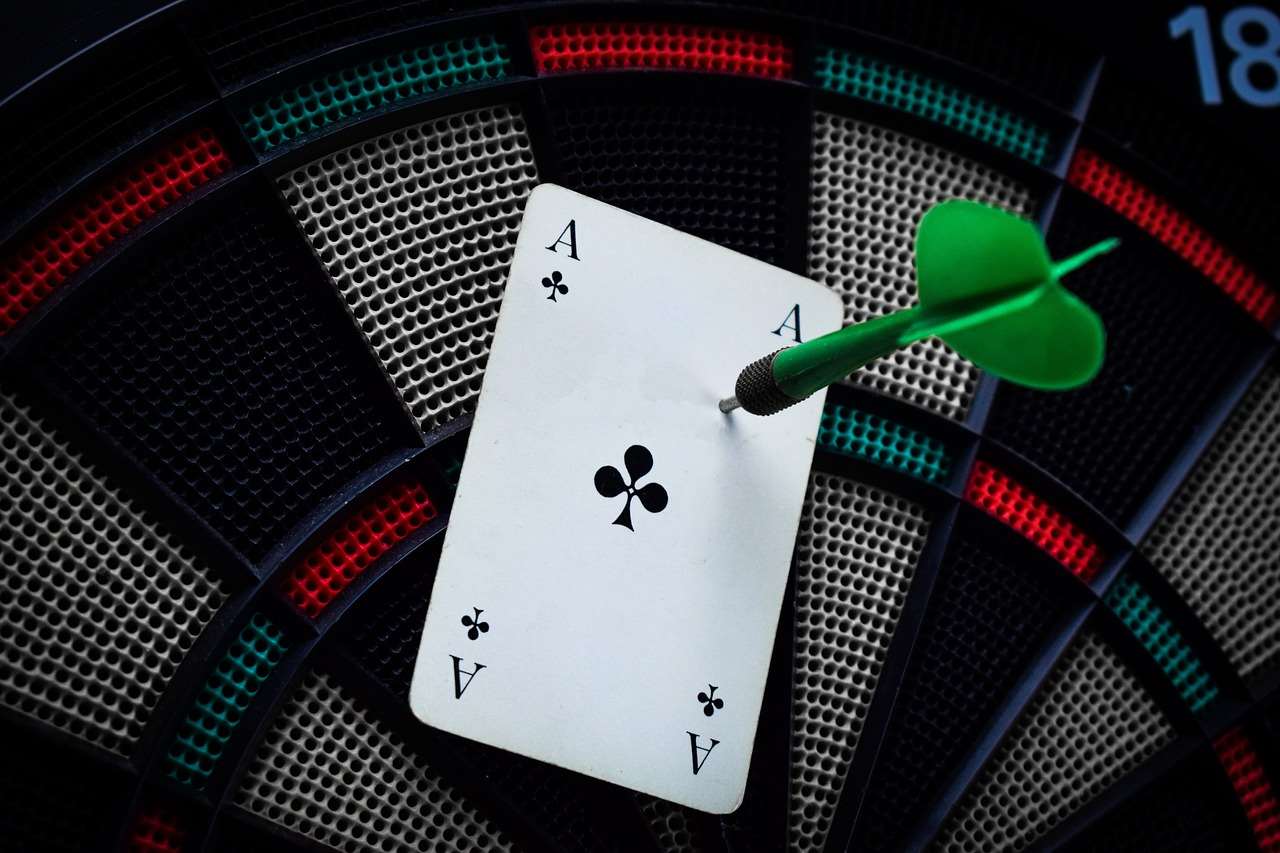
Common Dart Grip Styles and Their Characteristics
Several established dart grip styles are worth exploring. While you shouldn’t feel confined to these, they offer a starting point for experimentation and can help you identify what aspects work best for you.
The Standard Grip
The standard grip typically involves using the thumb and index finger to hold the dart, with the middle finger providing support. The ring finger and pinky finger may rest lightly on the dart or be tucked away. This grip offers a balance of control and flexibility and is a good starting point for beginners.
The Pencil Grip
As the name suggests, the pencil grip involves holding the dart like a pencil. The thumb and index finger are the primary contact points, with the other fingers providing minimal support. This grip can offer excellent control for some players, but it may require more practice to master.
The Modified Grip
Many players develop a modified grip that combines elements of different styles. This might involve adjusting finger placement, grip pressure, or the angle at which the dart is held. Don’t be afraid to experiment and create a grip that is uniquely tailored to your throwing style. The ultimate goal is **what is a good grip** *for you*.
Finding Your Perfect Dart Grip
There’s no magic formula for finding the perfect dart grip. It’s a process of experimentation and refinement. Here’s a structured approach to help you discover what works best:
- Start with the basics: Begin by trying the standard grip and experimenting with different finger placements.
- Adjust grip pressure: Focus on finding the right balance between control and relaxation.
- Experiment with grip styles: Explore the pencil grip and other variations to see if they offer any advantages.
- Record your throws: Use a camera to record your throws and analyze your grip. Look for any inconsistencies or areas for improvement.
- Seek feedback: Ask experienced dart players to watch you throw and provide feedback on your grip.
- Practice consistently: The more you practice, the more natural your grip will become.
Remember, finding **what is a good grip** is a journey, not a destination. Be patient, persistent, and willing to adapt your grip as your throwing style evolves.
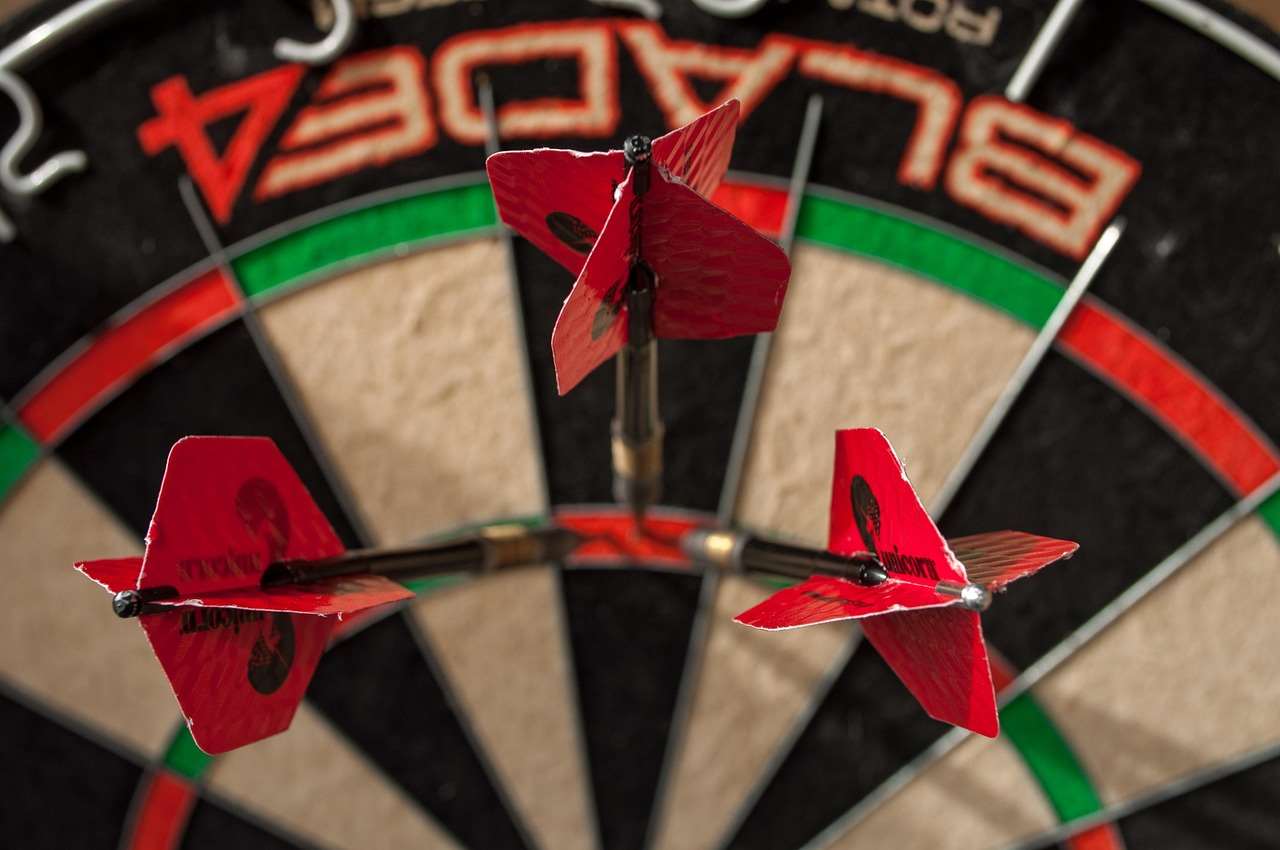
The Importance of Dart Weight and Balance
While the grip is a crucial element, it’s important to consider how it interacts with the **dart’s weight and balance**. A dart that is too heavy or too light, or one that is poorly balanced, can be difficult to control, regardless of your grip. Experiment with different dart weights and barrel shapes to find what feels most comfortable and allows you to throw consistently. You might consider how this affects Why Choose Tungsten Darts as well.
How Dart Weight Affects Your Grip
- Heavier darts: Generally require a firmer grip to maintain control. They can be more stable in flight but may require more effort to throw.
- Lighter darts: May require a more delicate grip. They can be easier to throw but may be more susceptible to wobble.
Balance Points and Grip Placement
The balance point of the dart is the point at which it balances perfectly on your finger. Experimenting with gripping the dart at or near its balance point can improve control and accuracy. Finding the right **grip placement** in relation to the dart’s balance is crucial.
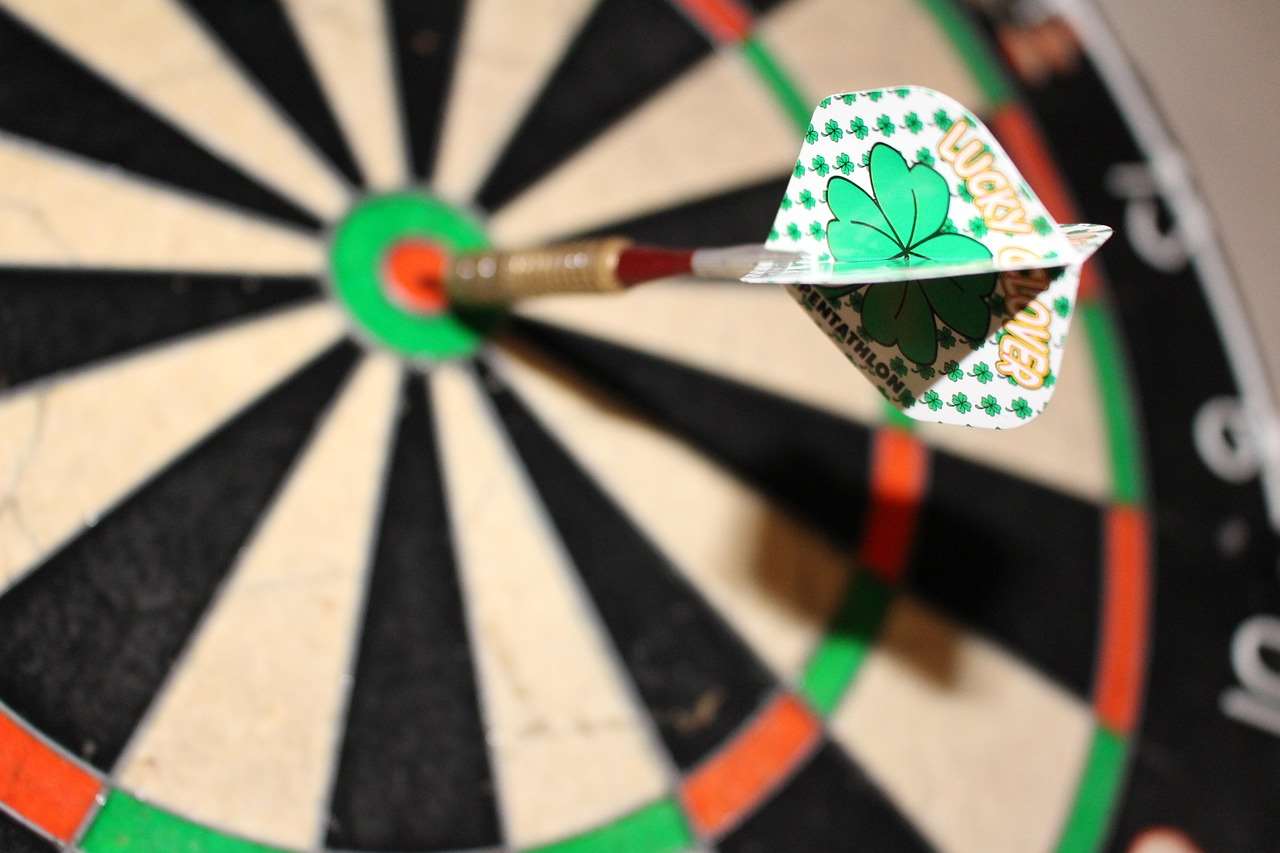
Grip Aids and Accessories
Several grip aids and accessories are available to help improve your dart grip. These can be particularly useful for players who struggle with sweaty hands or who need extra grip.
- Grip wax: Apply a small amount of grip wax to your fingers to improve your grip.
- Dry powder: Use dry powder, such as rosin, to absorb moisture and enhance grip.
- Specialized dart grips: Some darts come with specialized grips designed to improve control and comfort.
Experiment with these accessories to see if they can help you achieve a more consistent and comfortable grip. However, remember that accessories are not a substitute for proper technique. Focus on developing a solid grip foundation first, and then use accessories to fine-tune your grip.
Troubleshooting Common Grip Problems
Even with a good understanding of grip principles, you may still encounter challenges. Here’s how to troubleshoot some common grip problems:
- Dart wobbling: This may indicate that your grip is too loose or that you’re introducing wrist movement. Try tightening your grip slightly and focusing on a smooth, controlled release.
- Inconsistent throws: This could be due to variations in your grip pressure or finger placement. Practice gripping the dart consistently and focus on maintaining a uniform grip throughout your throw.
- Hand fatigue: This may indicate that your grip is too tight. Try relaxing your grip and using a lighter dart.
Addressing these problems early can prevent them from becoming ingrained habits. If you are looking for Cheap Dart Materials Guide, consider getting some grip aids to assist you.
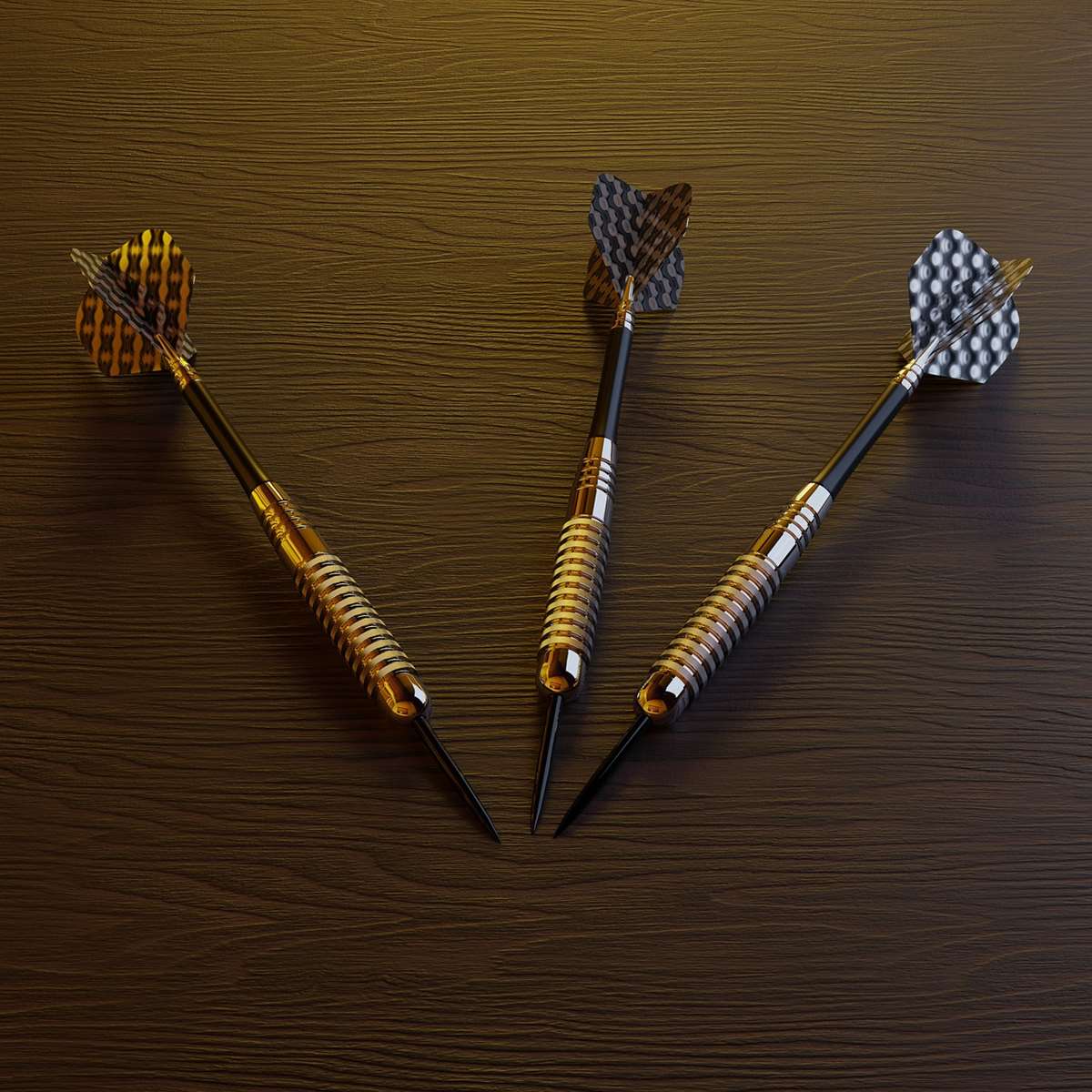
Advanced Grip Techniques and Considerations
As you progress in your dart game, you may want to explore more advanced grip techniques. These techniques are not essential for beginners, but they can offer subtle advantages for experienced players.
The “Feel” Grip
Some advanced players rely heavily on “feel” when gripping the dart. They don’t consciously think about finger placement or grip pressure but instead rely on their muscle memory and intuition. This grip requires years of practice to master, but it can lead to a more natural and fluid throwing motion.
Adapting Your Grip for Different Darts
Experienced players often adjust their grip depending on the type of dart they are using. For example, they may use a tighter grip with heavier darts and a looser grip with lighter darts. Experimenting with different grips for different darts can help you optimize your performance.
Conclusion
Understanding what is a good grip is fundamental to improving your dart game. It is a personal journey of experimentation and refinement, where comfort, control, and consistency converge. By paying attention to grip pressure, finger placement, and dart weight, and by practicing consistently, you can develop a grip that allows you to throw with accuracy and confidence. Don’t be afraid to experiment, seek feedback, and adapt your grip as your throwing style evolves. A good grip isn’t just about *how* you hold the dart; it’s about *how* it allows you to perform.
Ready to take your dart game to the next level? Start experimenting with these grip techniques today and discover what works best for you! Visit our website for more dart-related tips and equipment recommendations.
Hi, I’m Dieter, and I created Dartcounter (Dartcounterapp.com). My motivation wasn’t being a darts expert – quite the opposite! When I first started playing, I loved the game but found keeping accurate scores and tracking stats difficult and distracting.
I figured I couldn’t be the only one struggling with this. So, I decided to build a solution: an easy-to-use application that everyone, no matter their experience level, could use to manage scoring effortlessly.
My goal for Dartcounter was simple: let the app handle the numbers – the scoring, the averages, the stats, even checkout suggestions – so players could focus purely on their throw and enjoying the game. It began as a way to solve my own beginner’s problem, and I’m thrilled it has grown into a helpful tool for the wider darts community.